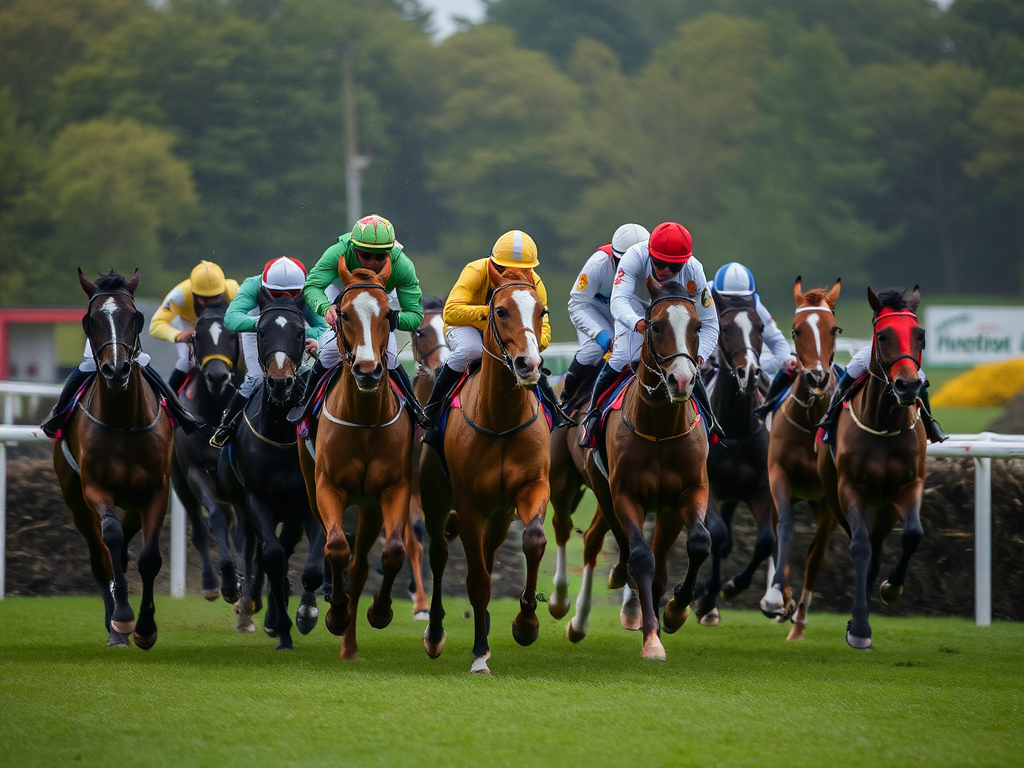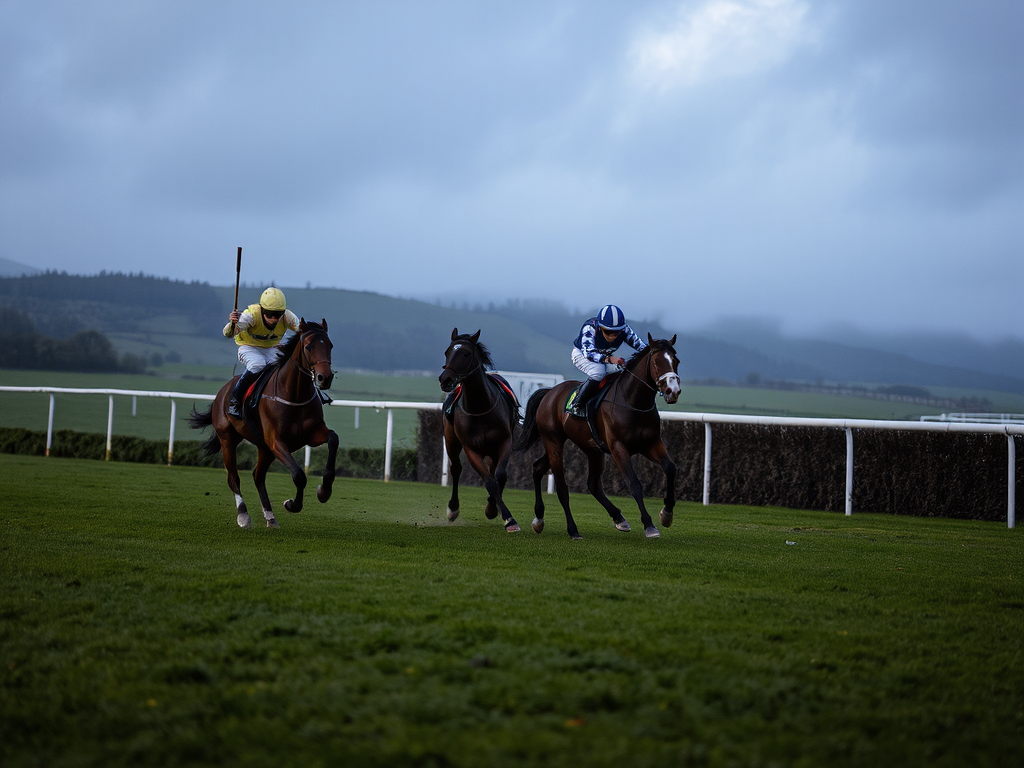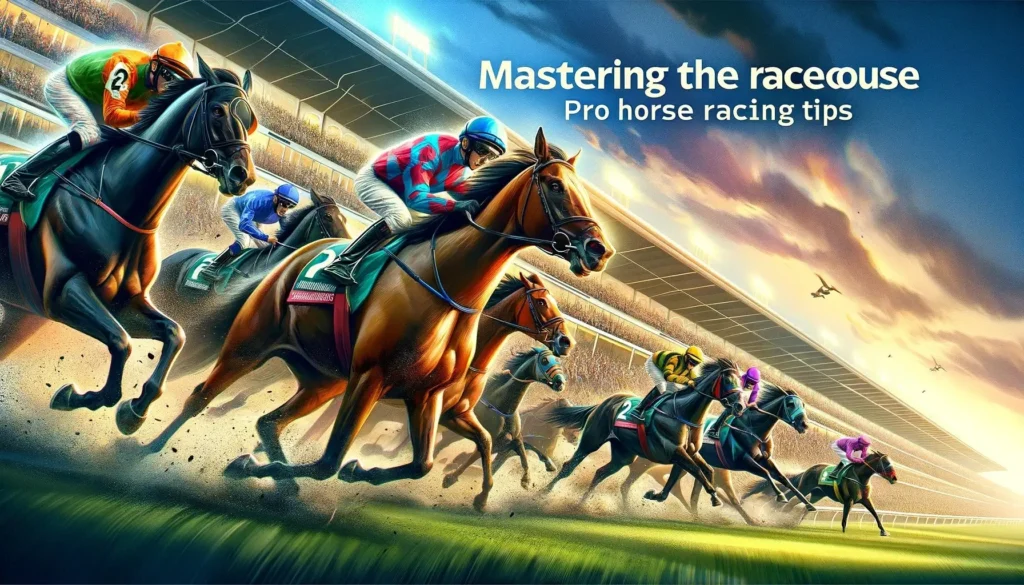Small Fields are the Order of the Day at Downpatrick
The Randox Rated Hurdle is the highlight at Downpatrick, but the withdrawal of Dollar Value has left just four contenders. This change impacts the race’s competitive feel and alters the betting outlook for attendees and observers.
Feature Race Randox Rated Hurdle Draws Minimal Field After Dollar Value Withdrawal
The Randox Rated Hurdle at Downpatrick has come under the spotlight, primarily due to its field size. With the last-minute withdrawal of Dollar Value, only four runners now remain. This small lineup shifts the race’s competitive edge and influences betting dynamics. Fewer runners generally mean fewer options for punters, which in turn can lead to less variability in odds. With less competition, jockeys and trainers may adjust their tactics dramatically, aiming for pace changes that suit their individual horses.

The atmosphere on the track reflects these changes, as enthusiasts and professionals focus on how this reduced field will impact the race day experience.
Trends and Challenges of Small Fields in Irish National Hunt Racing
Small field sizes are becoming a trend in Irish jump racing. Several factors contribute to this, including ground conditions, season planning, and trainer strategies. Trainers often select races carefully, considering the best conditions and competition levels for their horses. This strategic placement can lead to fewer entries per race. The small number of runners often makes races feel less intense and alters the tactics used by jockeys.
With fewer horses, the race pace is often slower, which calls for different strategy and maneuvering by jockeys. This can lead to races where tactics play a more crucial role, testing the skills of both jockeys and trainers. Participants in the industry frequently express concerns about how small fields might affect the sport’s appeal and competitive nature.
Implications for Horse Welfare and Racing Integrity
Smaller fields do bring some welfare benefits. There’s less chance of interference, making races potentially safer. However, a less competitive lineup may also mean that the intensity of the races is reduced, which can affect the integrity and excitement of horse racing. Racecourses need to find ways to encourage more entries without lowering standards. This could include changing programming strategies or offering better incentives for participation.

As the industry seeks to address these issues, it’s crucial to balance horse welfare with keeping the races exciting and competitive. Exploring varied race programming and enticing prize funds could be steps toward filling the fields and heightening the race-day experience.



